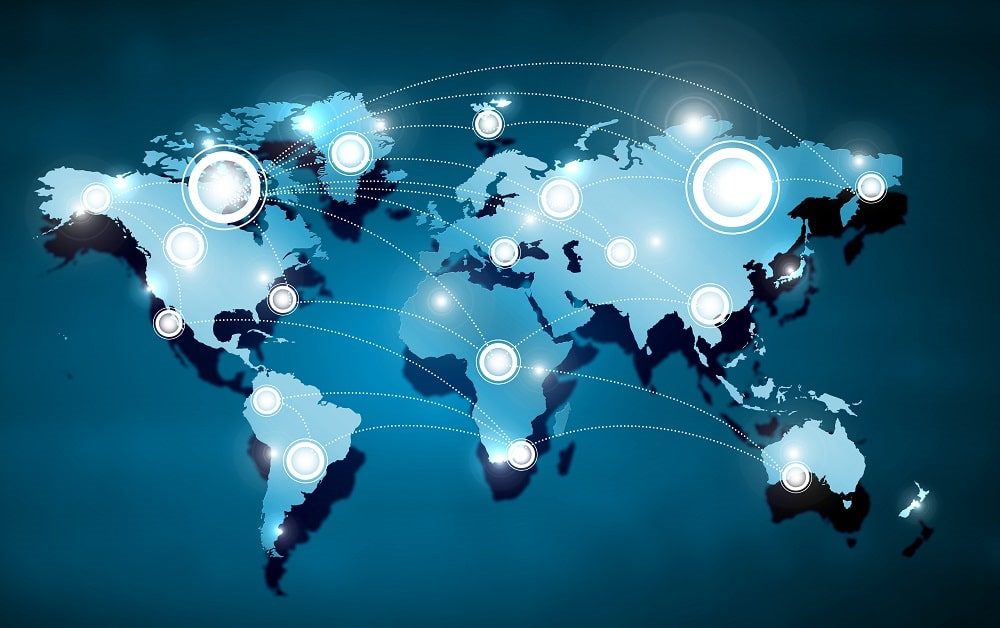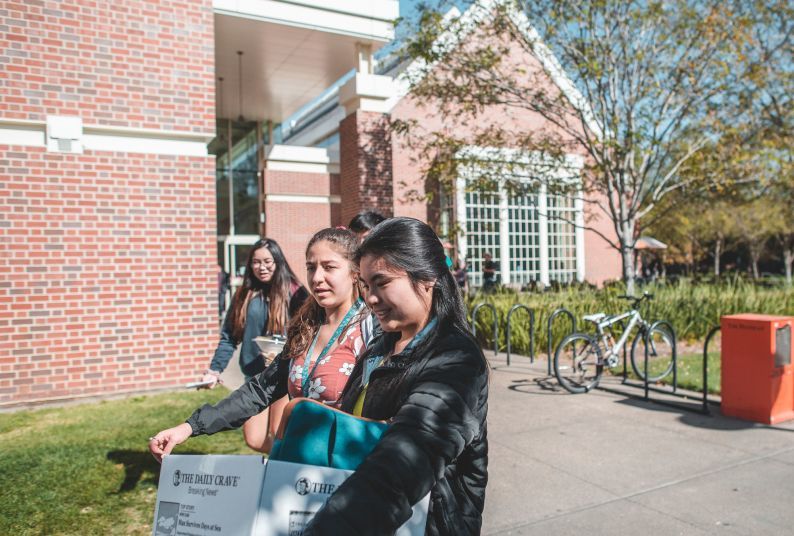International Trade News: How Global Markets Are Evolving In today’s interconnected economy, the rhythms of trade are reshaped daily. From tariff skirmishes to digital corridors, the landscape of international trade news in 2025 reveals markets in flux—driven by geopolitics, technology, and sustainability imperatives. This article unpacks the forces steering global commerce, examining how businesses and policymakers adapt to emerging norms.

1. A New Era of Trade Tensions
U.S. tariff policy under President Trump has injected fresh uncertainty into world markets. In early May 2025, Washington imposed a sweeping 10% levy on imports—alongside targeted hikes up to 145% on Chinese goods—disrupting traditional supply chains and prompting multinational corporations to revise forecasts. China’s retaliatory duties (up to 125%) have further strained bilateral commerce, casting a long shadow over consumer prices and capital flows.
These reciprocal tariffs have led some firms to hedge risk by diversifying sourcing. For instance, R R Kabel of India expects volume growth of 16–18% through fiscal 2026, as U.S. buyers shift orders away from China. Yet smaller economies and SMEs face acute challenges navigating blanket levies, underscoring a central paradox: protectionist measures aimed at defending domestic jobs may inadvertently stifle broader growth.
2. Supply-Chain Resilience and Nearshoring
What began as targeted tariffs in 2018 has evolved into a structural shift in manufacturing geography. Companies are embracing “friend-shoring” and nearshoring—relocating production closer to end markets to reduce tariff exposure and logistical risk. Supply-chain analysts call this the transition from “just-in-time” to “just-in-case” inventory models.
Multinational firms now maintain multi-regional footprints, balancing cost optimization with geopolitical hedges. In North America, U.S., Mexican, and Canadian manufacturers leverage the USMCA framework, while EU firms invest in Eastern Europe to mitigate Asian-Pacific disruptions. This pivot enhances agility but also raises costs—requiring sophisticated analytics and scenario planning to remain competitive.
3. Regional Trade Blocs Gain Momentum
As global trade negotiations stall, regional agreements are filling the void. The Regional Comprehensive Economic Partnership (RCEP) officially came into force in early 2022, encompassing Asia’s major economies. Now, in 2025, its digital trade chapter is being activated, harmonizing data-flow rules and e-commerce standards among member states.
In Africa, the African Continental Free Trade Area (AfCFTA) has moved beyond blueprint to practice. Tariff eliminations on 90% of goods are scheduled by mid-2025, fostering intra-African trade and stimulating pan-continental value chains. Meanwhile, the Comprehensive and Progressive Agreement for Trans-Pacific Partnership (CPTPP) is negotiating digital services and green-trade expansions, signaling a shift toward “next-generation” trade rules focused on sustainability and intellectual property.
4. The Digital Trade Revolution
E-commerce boomed during the pandemic; now it underpins 25% of global merchandise trade by value.
Blockchain-based registries for certificates of origin are replacing paper trails, accelerating clearance times and reducing fraud. Similarly, digital trade facilitation measures within the World Trade Organization’s Trade Facilitation Agreement (TFA) are being enhanced to incorporate AI-powered risk assessments—cutting dwell times at ports from days to hours in some hubs.
5. Sustainability as a Trade Imperative
Climate policies are reshaping comparative advantage. The European Union’s Carbon Border Adjustment Mechanism (CBAM), set to fully apply from 2026, taxes imports based on embedded carbon emissions. Similar schemes are under consideration in North America and Asia.
These environmental levies incentivize low-carbon manufacturing and renewable energy use. Exporters from heavily industrialized regions now invest in green hydrogen and circular-economy processes to remain viable. As a result, “green trade” corridors—such as those for sustainable timber, recycled plastics, and electric-vehicle components—are emerging as niche but fast-growing segments.
6. Fintech and Digital Currencies in Cross-Border Payments
Traditional correspondent-bank networks struggle with high fees and lengthy settlement times. Fintech innovators offer blockchain-enabled payment rails, slashing costs by up to 70% and reducing settlement delays from days to minutes. Projects like the Bank for International Settlements’ mBridge prototype illustrate how central-bank digital currencies (CBDCs) could interlink for near-instantaneous, low-cost wholesale transactions.
Meanwhile, private stablecoins and tokenized assets are gaining traction among SMEs as hedges against currency volatility—although regulatory clarity remains a moving target.
7. Small-Business Inclusion and Developing Markets
SMEs account for over 60% of global employment yet face disproportionate barriers in export markets. Digital platforms are democratizing access: online marketplaces paired with micro-logistics networks enable small producers—from artisan craftspeople to agri-processors—to reach international buyers.
Capacity-building programs, often funded by multilateral development banks, focus on “soft infrastructure”—training in export documentation, quality standards, and digital marketing. As a result, cross-border e-commerce participation by SMEs has doubled since 2020 in Southeast Asia and parts of Sub-Saharan Africa.
8. Geopolitical Flashpoints and Trade Diversification
Beyond U.S.-China frictions, trade routes are diverted by geopolitical tensions elsewhere. The Red Sea vessel re-routing adds 10–15% to shipping costs between Europe and Asia, prompting carriers to explore Arctic passages and trans-Siberian links.
Simultaneously, India pursues a “Make in India” export push—leveraging preferential access to Western markets and diversifying away from China-centric supply chains. Latin American economies are negotiating a Pacific Alliance-EU deal to strengthen South-South trade ties, reducing dependence on North American markets.
9. AI-Powered Trade Intelligence
In an environment of rapid change, businesses crave foresight. AI-driven platforms ingest satellite imagery, shipping data, and customs filings to forecast container flows, detect port congestion, and anticipate price swings. Predictive analytics thus become a strategic asset—enabling dynamic pricing, route optimization, and just-in-time inventory adjustments.
These tools not only improve operational efficiency but also inform lobbying efforts—highlighting the concrete impacts of proposed tariffs or trade agreements on supply-chain performance.
10. Looking Ahead: The Future of International Trade News
Global trade in 2025 is neither a zero-sum game nor a laissez-faire paradise. It is a nuanced interplay of national strategies, corporate resilience, and technological innovation. As protectionist tendencies coexist with digital-trade liberalization, stakeholders must navigate a mosaic of rules and risks.
Key Themes for the Near Future:
- Digital Rule-Making: Harmonizing data governance, cybersecurity standards, and AI ethics across jurisdictions.
- Green Trade Infrastructure: Investing in low-carbon logistics—electric fleets, hydrogen bunkering, and renewable-powered ports.
- Inclusive Trade: Expanding participation by women-owned businesses and rural SMEs through targeted financing and digital literacy.
- Adaptive Governance: Developing agile, real-time monitoring frameworks to adjust tariffs and non-tariff measures in response to market shocks.
Staying abreast of international trade news demands both breadth and depth: tracking headline-grabbing tariff announcements while also deciphering under-the-radar shifts in trade architecture. In this evolving milieu, informed agility will distinguish those who thrive from those who merely survive.





